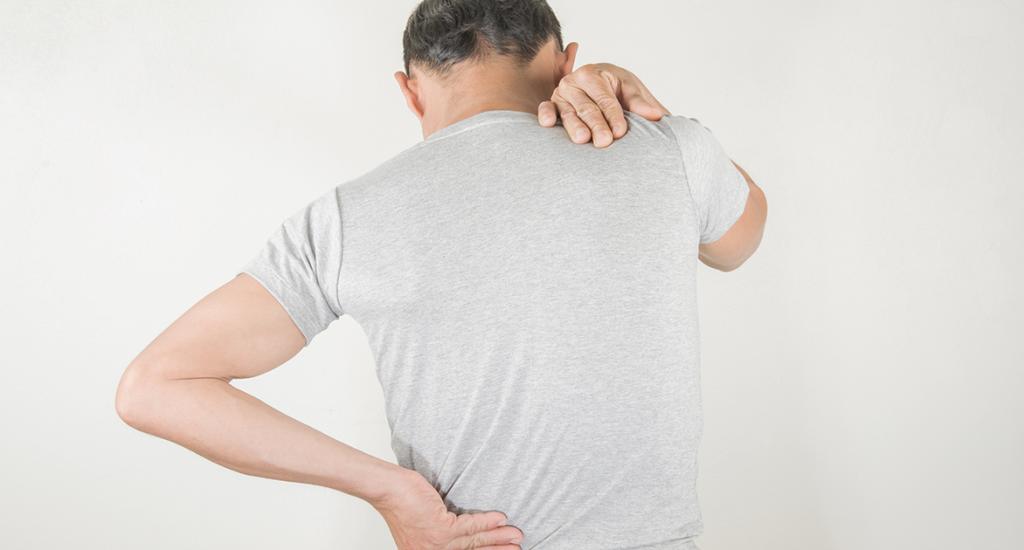Degenerative Neck Disease
Almost everyone in Thailand over the age of 45 finds that they have degenerative cervical spine disease, so it is important that Thai people should have knowledge, understanding, and be aware of this disease.
Symptoms of Degenerative Cervical Spine Disease
Those who have degenerative cervical spine disease will initially experience symptoms such as restless sleep, sometimes unable to sleep on their side. Sleeping on the side may cause pain and soreness. An important thing that is not often discussed is the tendency to use increasingly thicker pillows. Subsequently, symptoms may include numbness or weakness in the hands and arms. Some may find it difficult to look back, which if left untreated for a long time, can lead to physical disabilities.
As people age, the cervical spine degenerates, and bone spurs can develop. If these bone spurs press on nerves and the spinal cord, it can cause pain, numbness in the arms and hands, and eventually lead to muscle weakness, difficulty in using the arms and hands, difficulty in maintaining balance, and inability to control bowel and bladder movements.
Diagnosis
To diagnose abnormalities in the cervical spine and their locations, it is necessary to have a physical examination and, if required, an MRI SCAN. If a mild abnormality is found, treatment can be provided through medication combined with physical therapy to strengthen the neck muscles. In some cases, doctors may recommend injecting medication into the affected nerve area. However, if severe cervical spine degeneration is detected, and the patient has weak hands or arms, difficulty in walking, or bladder control problems, surgery may be considered.
Treatment of Degenerative Cervical Spine Disease
The treatment of degenerative cervical spine disease, physical therapists will recommend good exercise positions that can properly solve the patient’s problems. However, if it does not work for those with severe symptoms, surgery is another option that helps cure the disease. Currently, the technology for treatment has developed to be more effective, including:
- Modern surgery uses cameras, allowing for smaller incisions and reducing potential side effects.
- High-efficiency materials are used in surgery. In the past, bone had to be harvested from the hip for neck repair, but now, if you want to avoid hip pain, substitute materials can be used.
- Medical instruments have been invested in for high-efficiency surgery, such as the O-ARM machine in the operating room, which can take 500 – 600 X-ray images at once, compiling them into 3D images, working with navigation systems to provide clear images from every direction, ensuring accurate surgery with minimal exposure to radiation, reducing potential side effects to patients, doctors, and nurses.
- The use of Intraoperative Monitoring to track the function of the nervous and muscular systems during surgery, increasing the safety of spinal cord and nerves.
Seeing a specialist in spinal cord diseases is advisable because modern physicians offer a variety of treatments. Mostly, current treatments focus on taking medication and performing physical therapy together, which can improve symptoms, reducing the need for surgery. Therefore, it’s recommended for individuals to check if they are suffering from degenerative cervical spine disease.
For more information
Call. 0 2310 3000 or Call. 1719
Email: info@bangkokhospital.com

